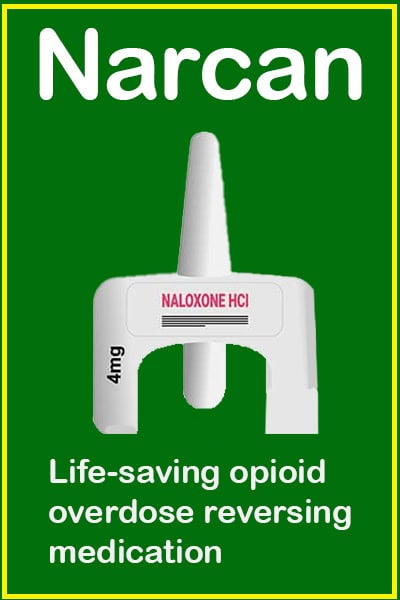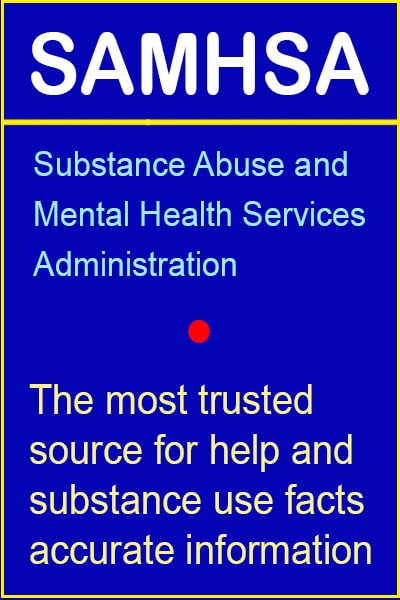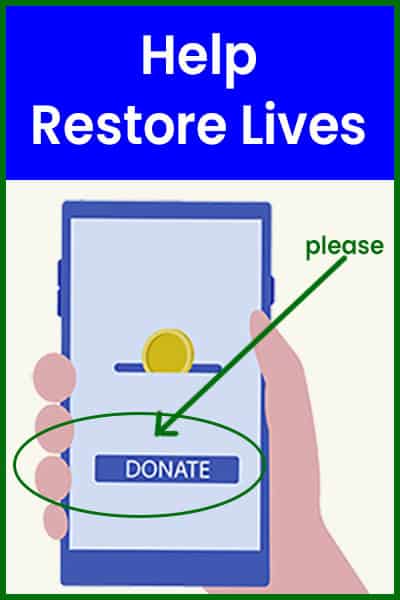Buprenorphine – FDA-Approved Medication Reduces Opioid Overdoses
In recent years, Opioid Use Disorder (OUD) has been a substantial challenge in the U.S. One of the key strategies to reduce opioid overdose deaths has been the promotion of Medication-Assisted Treatment (MAT), specifically the use of buprenorphine.
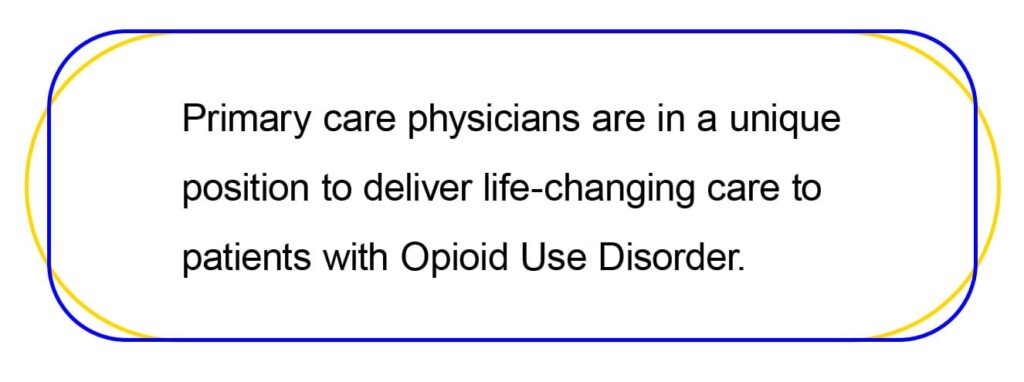
Buprenorphine, an opioid partial agonist, is effective at reducing the symptoms of opioid withdrawal and cravings[1]. Its unique pharmacological properties make it less likely to induce euphoria or respiratory depression, reducing the risk of misuse and overdose[2]. When combined with naloxone, an opioid antagonist, the potential for misuse is further decreased because naloxone can precipitate withdrawal symptoms if the medication is injected.
Lesson from France
France provides a compelling case study on the potential benefits of buprenorphine-based MAT. In the 1990s, France faced a heroin epidemic with soaring overdose deaths. The country’s decision to widely allow general practitioners to prescribe buprenorphine without any special licensing or training led to a dramatic increase in access to treatment. According to Fatseas and Auriacombe, the results were undeniable: within four years of implementing this policy, opioid overdose deaths in France dropped by 79%[3]. This approach essentially highlighted that increased access to buprenorphine was pivotal in reducing opioid-related harms.
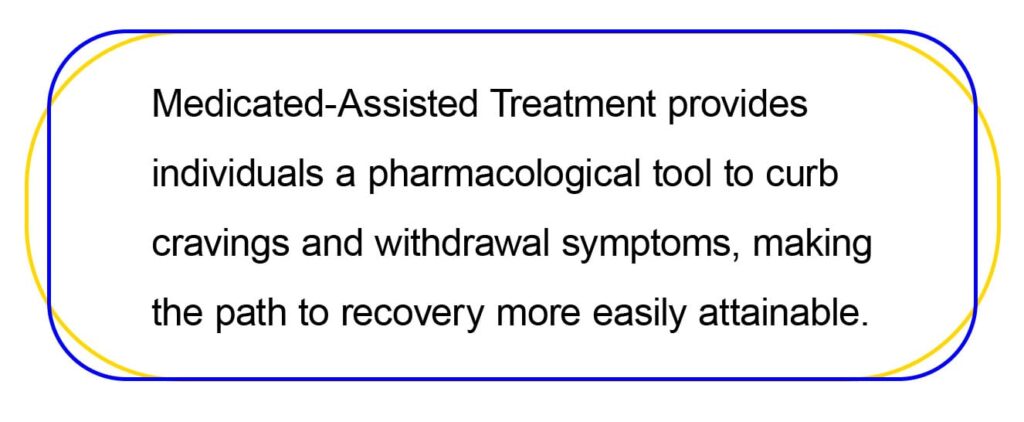
The Consolidated Appropriations Act of 2023
Taking cues from France’s success, the U.S. Congress, on December 29, 2022, passed the Consolidated Appropriations Act of 2023, which eliminated the DATA-Waiver Program. Previously, this waiver program required physicians to undergo specific training and obtain a waiver to prescribe buprenorphine for OUD. With its removal, all doctors can now prescribe buprenorphine, thus democratizing access to this life-saving treatment.
Looking Forward
With the elimination of the DATA-Waiver Program, the U.S. is better poised to bridge the addiction treatment gap. Wider access to buprenorphine, backed by evidence of its efficacy, offers hope in reducing the alarming rates of opioid overdoses.
As we progress, it’s essential to monitor and evaluate the outcomes, ensuring that patients receive comprehensive care that includes not only MAT but also counseling and psychosocial support. By combining pharmacological intervention with comprehensive care, we can effectively combat OUD and move towards a future with fewer opioid-related deaths.
References:
- Volkow, N.D., et al. (2014). Medication-Assisted Therapies — Tackling the Opioid-Overdose Epidemic. New England Journal of Medicine, 370, 2063-2066.
- Dugosh, K., et al. (2016). A Systematic Review on the Use of Psychosocial Interventions in Conjunction With Medications for the Treatment of Opioid Addiction. Journal of Addiction Medicine, 10(2), 93-103.
- Fatseas, M., & Auriacombe, M. Why Buprenorphine Is So Successful in Treating Opiate Addiction in France.
See a national directory of Suboxone providers


